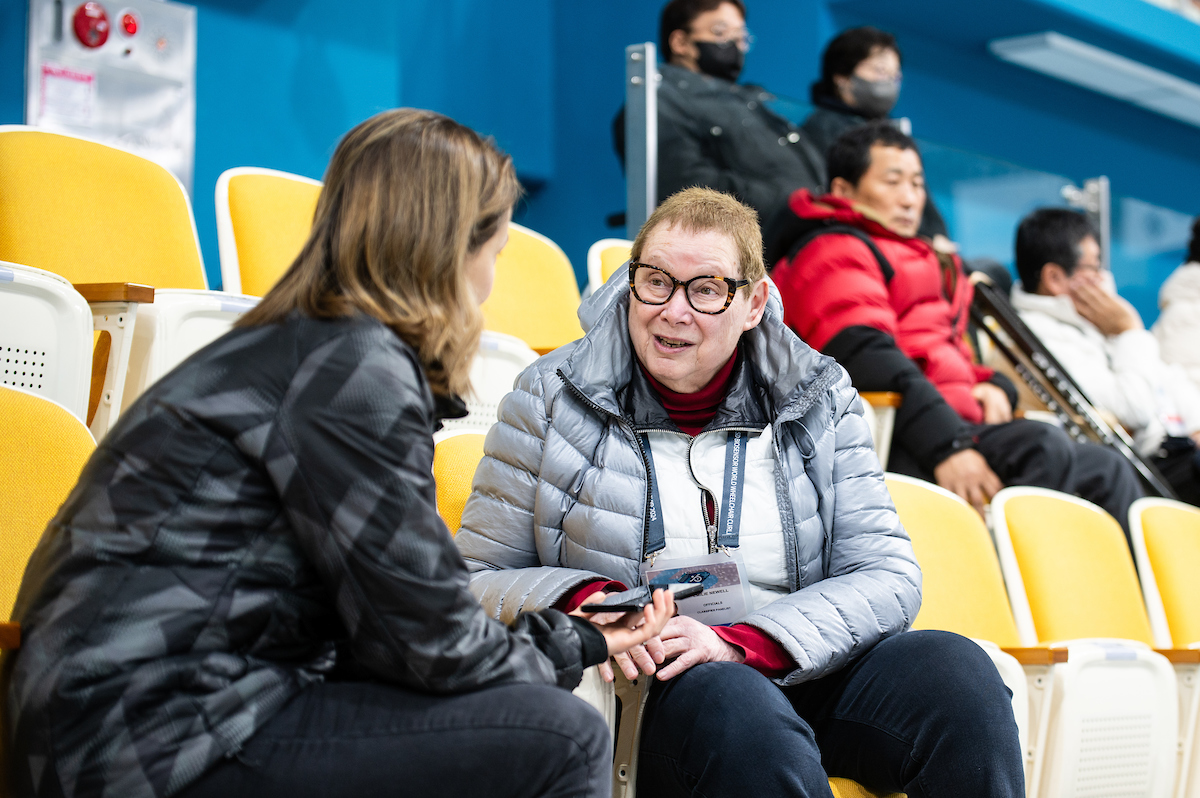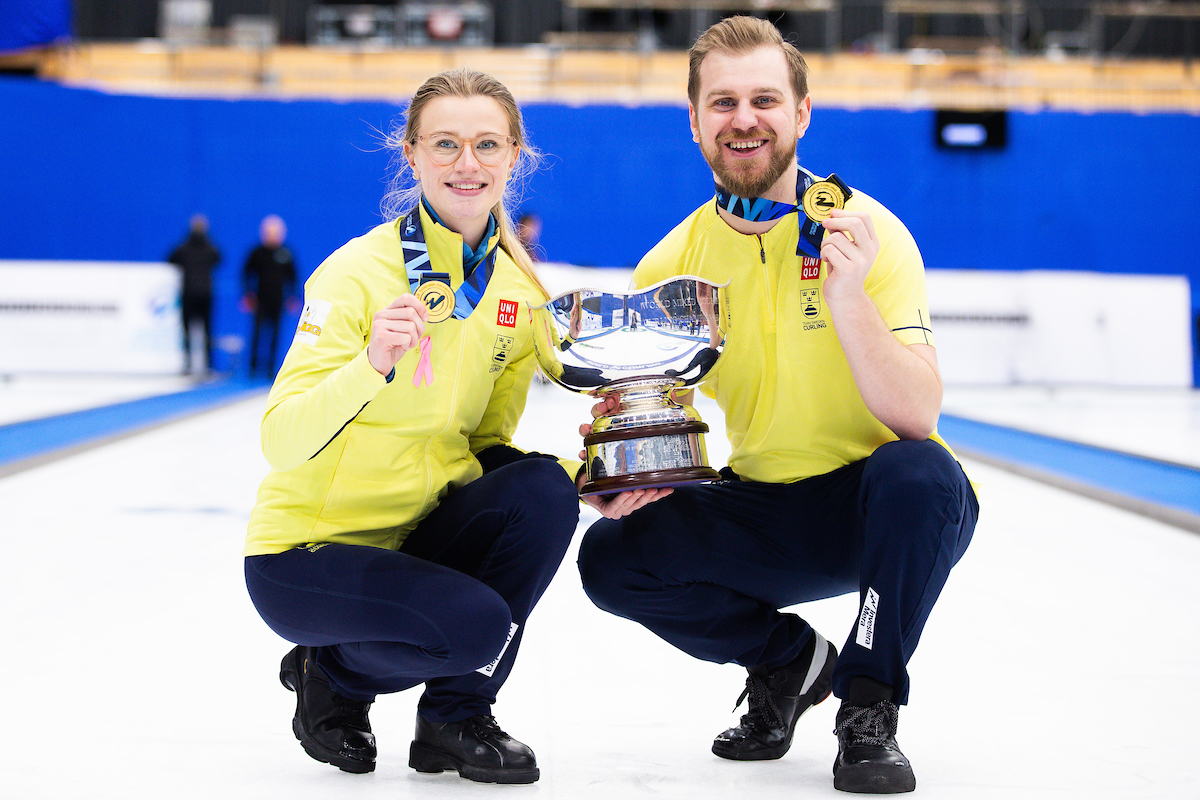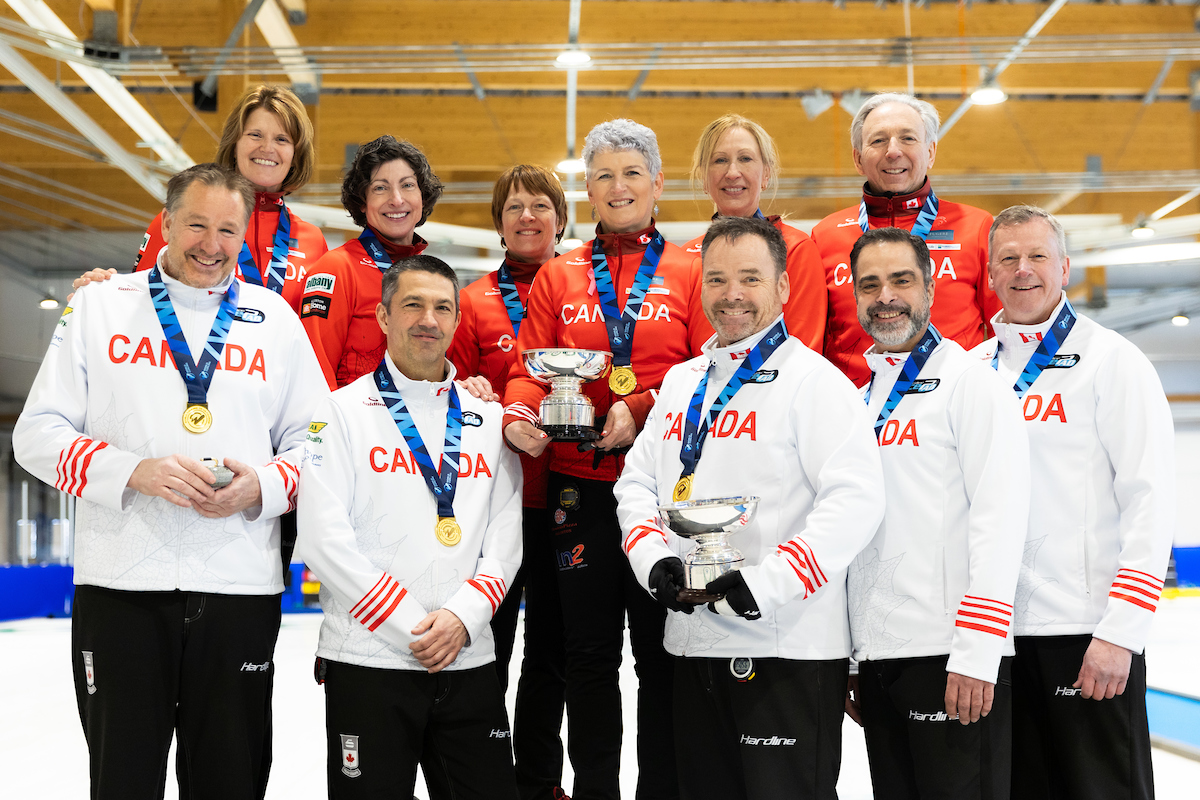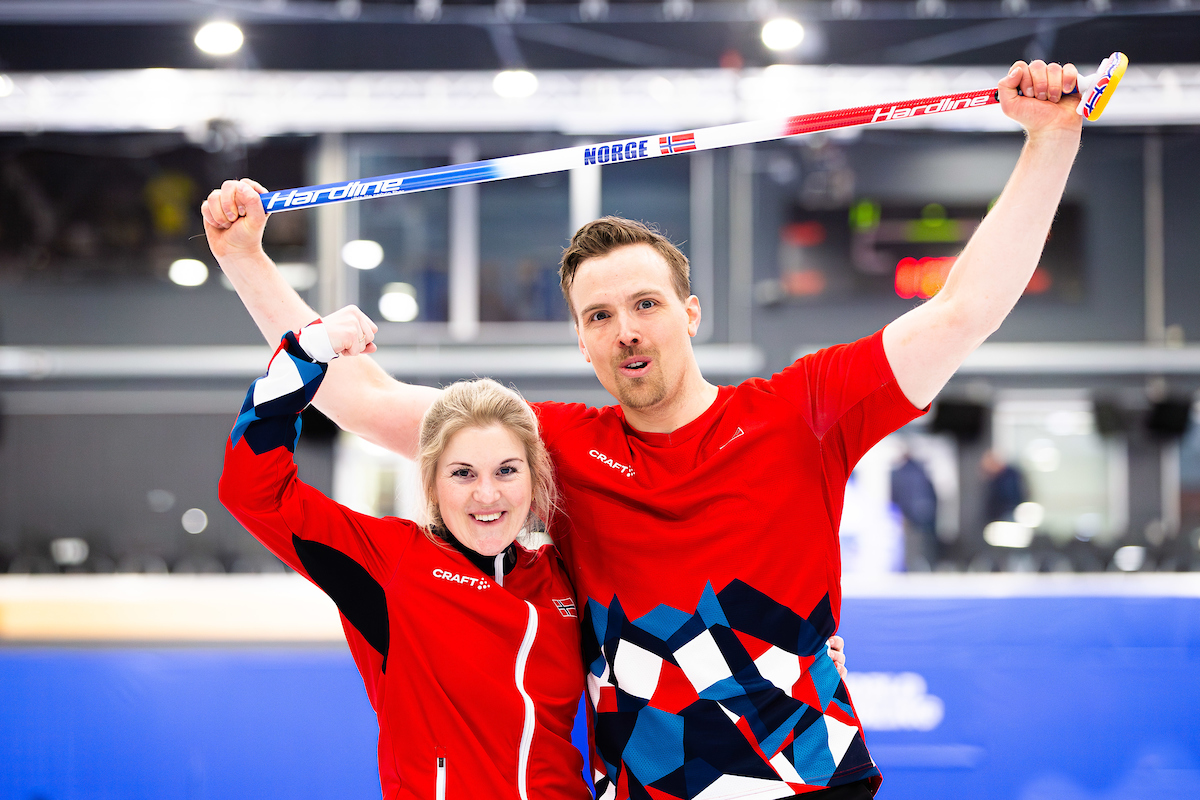11 March 2024
Hidden figures of parasports – The classifiers
Classifiers are essential parts of parasports, but a few know about what they do exactly. To take a glimpse into their important duties, we sat down with Jiri Snitil, World Curling Competitions and Development Officer, responsible for wheelchair curling and Emilie Newell, Chief Classifier at the SD Biosensor World Wheelchair and Mixed Doubles Curling Championships 2024.
In parasports, one needs to have the eligibility to play. All athletes need to go through the so-called classification process, which decides whether they are eligible to play or not.
“The classification is composed of two parts. The first is the submission of a medical form and related documentation about the medical condition and disability, which is then pre-judged by the classifiers,” explains Jiri Snitil.
“The classifiers are medical personnel, doctors, physiotherapists, and they usually work in multiple sports.
“Wheelchair curling, wheelchair rugby, para athletics, wheelchair basketball and others.
“Once the classifiers pre-judged the submitted documents, the athletes need to go through a physical examination,” he adds.

“Once an athlete gets the eligible status, they will appear on the so-called classification master list. On that list, one can obtain the status of confirmed eligible, re-classified to be reviewed and confirmed ineligible.”
Emilie Newell is the Chief Classifier at this year’s world championships, and she was supported by three classifier panellists, Sari Shatil, Park Joo Young and Park Soyeon before the team event and one panellist, Li Peihong before the mixed doubles.
“We work in teams of two. So, a panel consists of two classifiers. So, my role here is both a chief classifier and a panellist. To be a chief classifier, it’s more responsibility to make sure that all the rules are followed and that the panellists understand what the rules are and how to follow them,” explains Emilie Newell.

“If a panel confirms that an athlete is eligible, they don’t have to go to a second panel. If an athlete were to be deemed non-eligible by the first panel, then they automatically go to the second panel. So, if the athlete went to the second panel and they also evaluated them as not eligible then they’re not eligible confirmed. There’s these two chances to be eligible” she added.
“I’ve been doing it since the sport began with the first classification system, which was probably in the 1980s or early 1990s. And that was the original system and then it’s changed. But I’ve been consistently classifying since then,” she says.
Emilie Newell is a retired physician in physical medicine and rehabilitation. Her practice involved looking after people with physical disabilities. With this background, she felt very comfortable with implementing classification rules.
Explaining what classification is, she says, “Each parasport has a different classification system because the body is used differently in every sport. For wheelchair curling we examine what the lower limbs are like. We do not need to examine the arms. Some of the wheelchair curlers do have impairments of their arms, but we don’t take that into account. It’s just the legs.
“The impairments that we can objectively measure are impaired muscle power or strength in the legs, impaired tone, amputation and impaired range of motion of the large joints and legs, the hips, the knees and the ankles. Then, there are coordination impairments where the athlete has incoordinated movements of the arms or legs, and then there’s one final one which is a combination of an above-the-knee amputation on one side and impaired strength on the other side. So, we examine those according to the usual methods of examination that health care professionals, physicians, physiotherapists undertake.
“We use things called goniometers, that measure range of motion. I also bring with me a reflex hammer to check reflexes.”

Occasionally, the rules of classification can change, based on research and evidence. If the rules change, athletes in certain categories have to undergo reclassification.
“There’s a list of eligible health conditions, like paraplegia, spinal cord injury, stroke. But for instance, deafness is not an eligible health condition. If someone has pain only, that is not an eligible condition either.”
Once an athlete obtains the status of confirmed eligible, they don’t have to undergo classification again.
When asked about the mental aspects of the classification process, she added, “Classification is a really emotional experience for athletes. If they are ineligible, that’s a really big blow to them. And it’s always been my feeling that athletes should be classified in their own countries to make sure that they’re eligible to come to an international event. It’s tragic if they come and they’re found non-eligible.
“It’s emotional, it can be physiologically very difficult for an athlete to come through the classification. So, if they’re able to do it in their own country, it reduces some of the stress when they come to an international event.”

Talking about her work at the 2024 world championships, she says, “We examined four athletes for the mixed team competition and all of them were eligible, and we were able to confirm all four. And then for mixed doubles, we had one athlete to examine and that athlete was also confirmed eligible to play.”
Engage with World Curling during the SD Biosensor World Wheelchair Mixed Doubles Curling Championship 2024 on TikTok, X, Instagram, Facebook, and Weibo and by searching the hashtags #WWhMDCC and #wheelchaircurling




